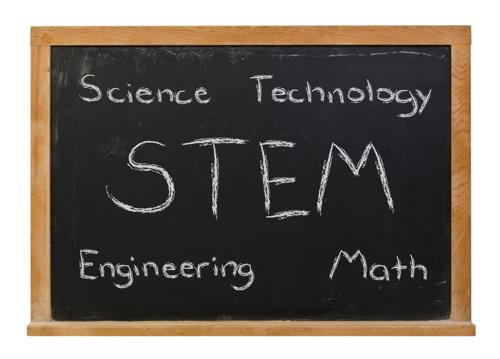Junior high students are getting more comfortable with technology and engineering coursework, an encouraging development for a present and future U.S. economy where STEM jobs are highly in demand.
Last year, eighth-grade students throughout the country improved their scores in tech and engineering proficiency by an average of two points compared to 2014, according to the National Assessment Governing Board.
“Approximately 57% of students are participating in technology or engineering coursework, up from 52% in 2018.”
Not only that, but 46% of students were deemed NAEP proficient. Otherwise known as the National Assessment of Educational Progress, NAEP is the program used to test students’ overall literacy in a variety of curricula. It also revealed that approximately 57% of eighth graders are participating in technology or engineering coursework, up from 52% four years ago.
Former North Carolina Gov. Beverly Perdue, chairperson for the National Assessment Governing Board, said she couldn’t be more pleased by the strides young people are making in these all-important subjects.
“We’re extremely encouraged by these positive results,” Perdue explained. “This assessment is important because it asks students to demonstrate skills that are crucial for success in our rapidly changing world. Along with NAEP Science and Mathematics assessments, TEL provides educators and policymakers a comprehensive picture of achievement in science, technology, engineering, and mathematics (STEM), which is so vital to our nation’s future.”
DOE invested $280 million in STEM education in 2018
The federal government has invested heavily in STEM education, which may explain why more young Americans are taking an interest in these related classes. Indeed, the U.S. Department of Education committed nearly $280 million in discretionary grant funds late last year, of which $67 million was pledged to Education Innovation and Research (EIR) and over $28 million for Supporting Effective Educator Development (SEED).
“It’s important that all students have access to a high-quality STEM education,” Secretary of Education Betsy DeVos noted at the time. “These discretionary grant programs and this administration’s increased focus on STEM will help ensure our nation’s students are exposed to STEM early in their lifelong education journeys and will have the tools needed for success in the 21st century economy.”
2 in 3 students say they’re involved in more problem-solving tasks
Educators and employers have called upon school administrators and faculty to teach skills that improve kids’ ability to think critically. This seems to be happening, as more than two thirds of students acknowledged that at least a portion of their daily assignments involved problem solving, the National Assessment Governing Board reported from its findings. This seems to be encouraging eighth graders to put these lessons into practice outside the classroom, as nearly 30% said they’ve spent some of their spare time disassembling simple machines to understand how they operate.
It isn’t just a certain demographic group that is finding success either. Regardless of ethnicity or gender, kids are doing better in STEM education, something National Assessment Governing Board Vice Chair Tonya Matthews is delighted to know.
“As a woman and an engineer, I am excited to see that girls are doing so well on technology and engineering literacy, and it’s really encouraging to see an upward trend for black students and economically disadvantaged students,” Matthews explained.
The increased focus and positive outcomes in STEM education may improve the odds young people pursue these fields in the undergraduate work and presumably their careers. STEM jobs today remain red hot. These positions include computer user support specialists, computer programmers and electrical or mechanical engineers. According to Education Week’s analysis of data provided by the Bureau of Labor Statistics, the mechanical engineer employment base in the U.S. is projected to total 314,000 by 2026, a near 9% uptick compared versus 2018.


Connect with MRINetwork